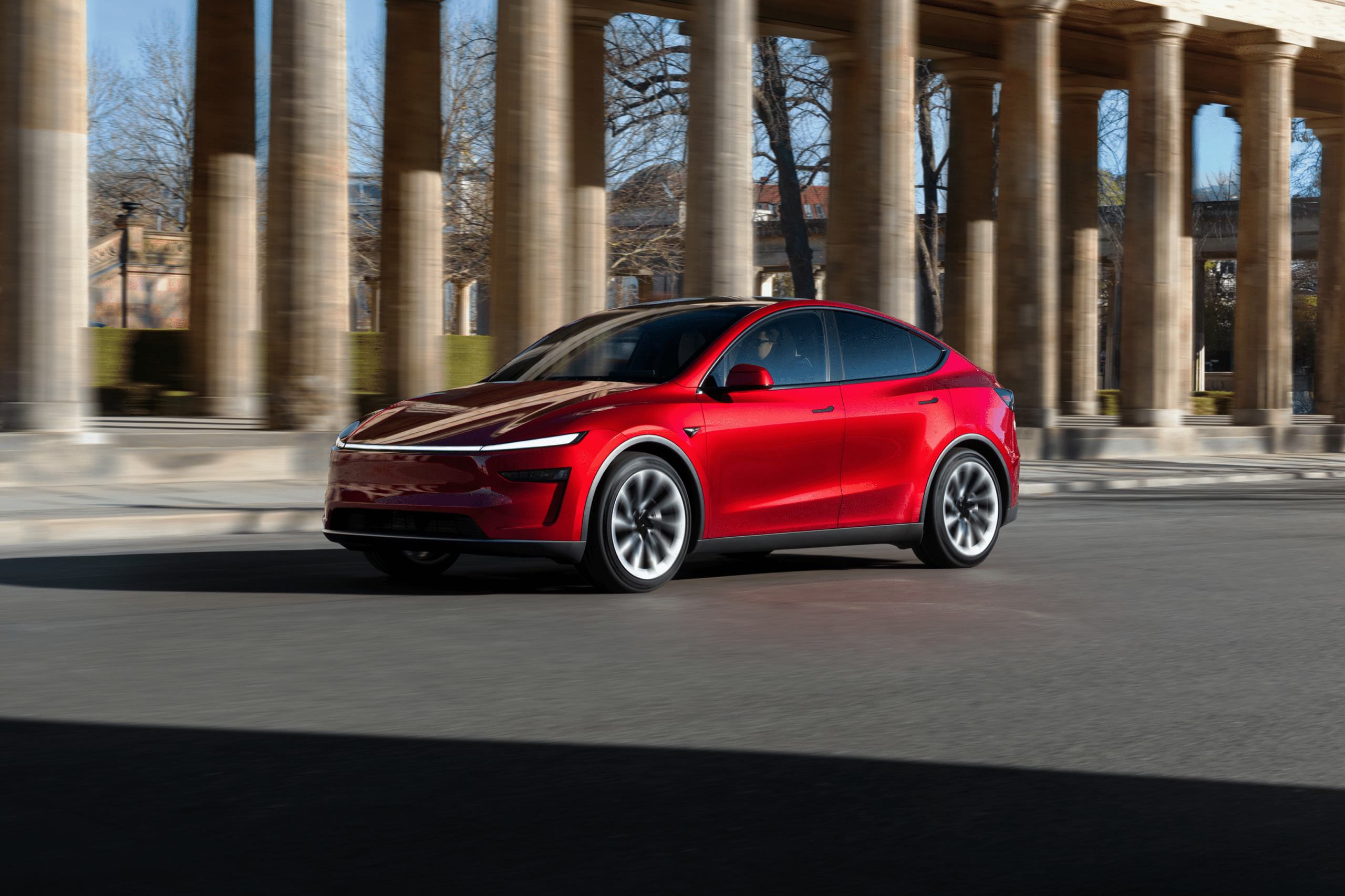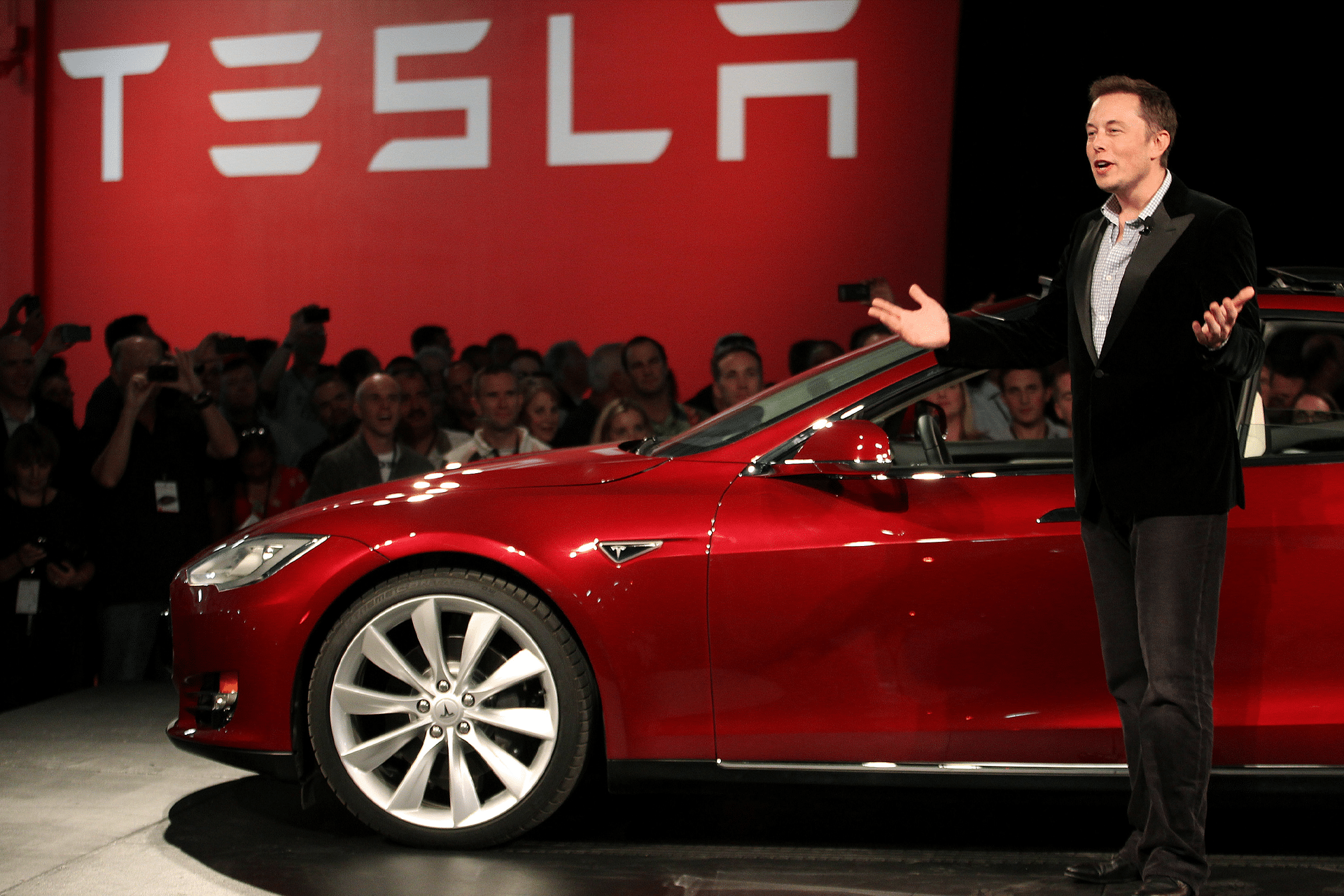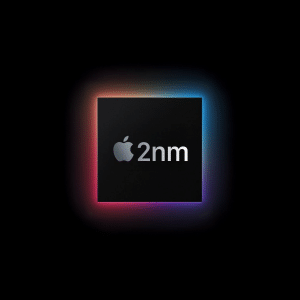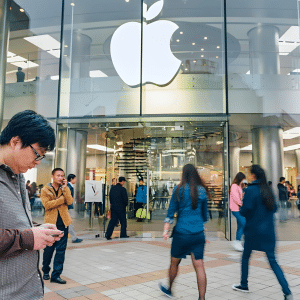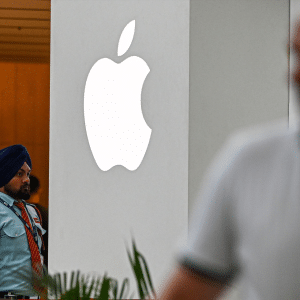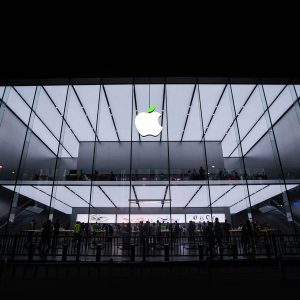Tesla, founded in 2003, accelerates the world’s transition to sustainable energy with electric vehicles (EVs), battery storage, and solar products. In 2025, Tesla’s Model Y remains the best-selling EV globally, with a 30% projected delivery growth, per CNN Business. The Cybertruck, now in full production, features rugged mods for off-road use, while the Robotaxi service launched in Austin leverages Full Self-Driving (FSD) tech, though legal challenges persist over autonomy claims, per Forbes.
Tesla’s Gigafactory in Texas, expanded in 2025, produces 4680 battery cells, boosting range by 16%, per Electrek. Compared to Rivian’s focus on adventure EVs, Tesla’s scale and AI integration lead the market. Optimize for “Tesla EV innovations” to capture EV enthusiasts.
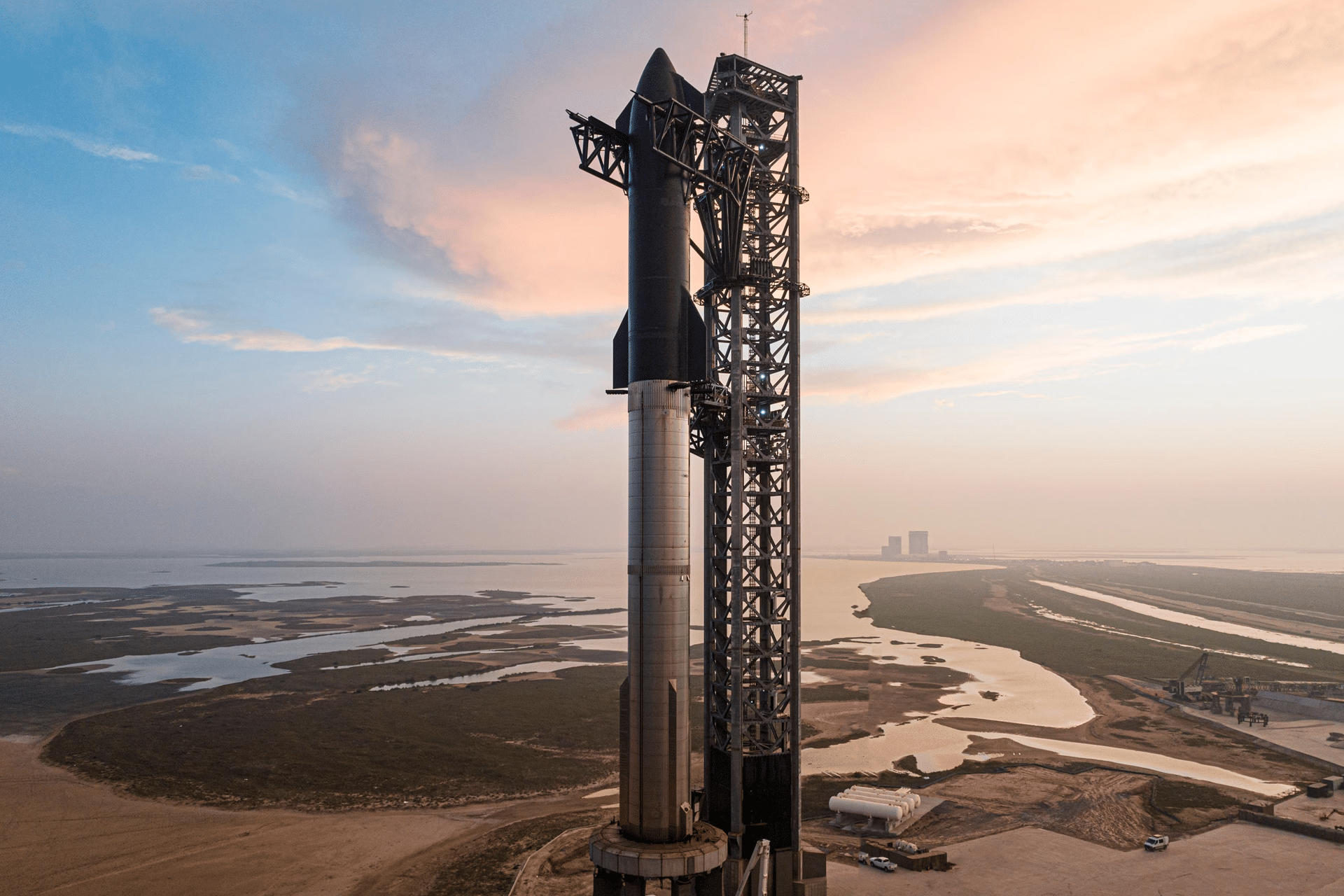
SpaceX: Pioneering Space Exploration: SpaceX Mars Ambitions, Starlink Expansion, Reusable Rockets
Founded in 2002, SpaceX aims to make humanity multi-planetary with reusable rockets and the Starlink satellite internet network. In 2025, Starship’s Flight 10 targets a splashdown, advancing NASA’s Artemis lunar missions, per SpaceX’s website. Starlink, with over 8,000 satellites and 5 million subscribers, dominates 65% of Earth’s active satellites, offering 50–220 Mbps in remote areas, per Britannica Money.
SpaceX’s $350 billion valuation in 2024 reflects its 540 successful launches, dwarfing Blue Origin’s suborbital focus, per Bloomberg. Synergies with Tesla include shared material science teams, per Electrek. Target “SpaceX Mars ambitions” for space enthusiasts.

X: Redefining Social Media: X Platform Updates, Twitter Rebranding, Social Media Innovation
Acquired for $44 billion in 2022 and rebranded as X in 2023, X aims to be an “everything app” with features like payments and video calls, per Yahoo! Finance. In 2025, X’s valuation is estimated at $12 billion, down 70% from acquisition, per Forbes. Musk’s push for free speech has sparked advertiser pullbacks but boosted user engagement, with 500 million monthly active users, per X posts.
Compared to Meta’s Threads, X’s open platform appeals to diverse voices but lags in ad revenue. Tesla spent $410,000 on X ads in 2024, showing synergy, per Electrek. Optimize for “X platform updates” for social media trends.
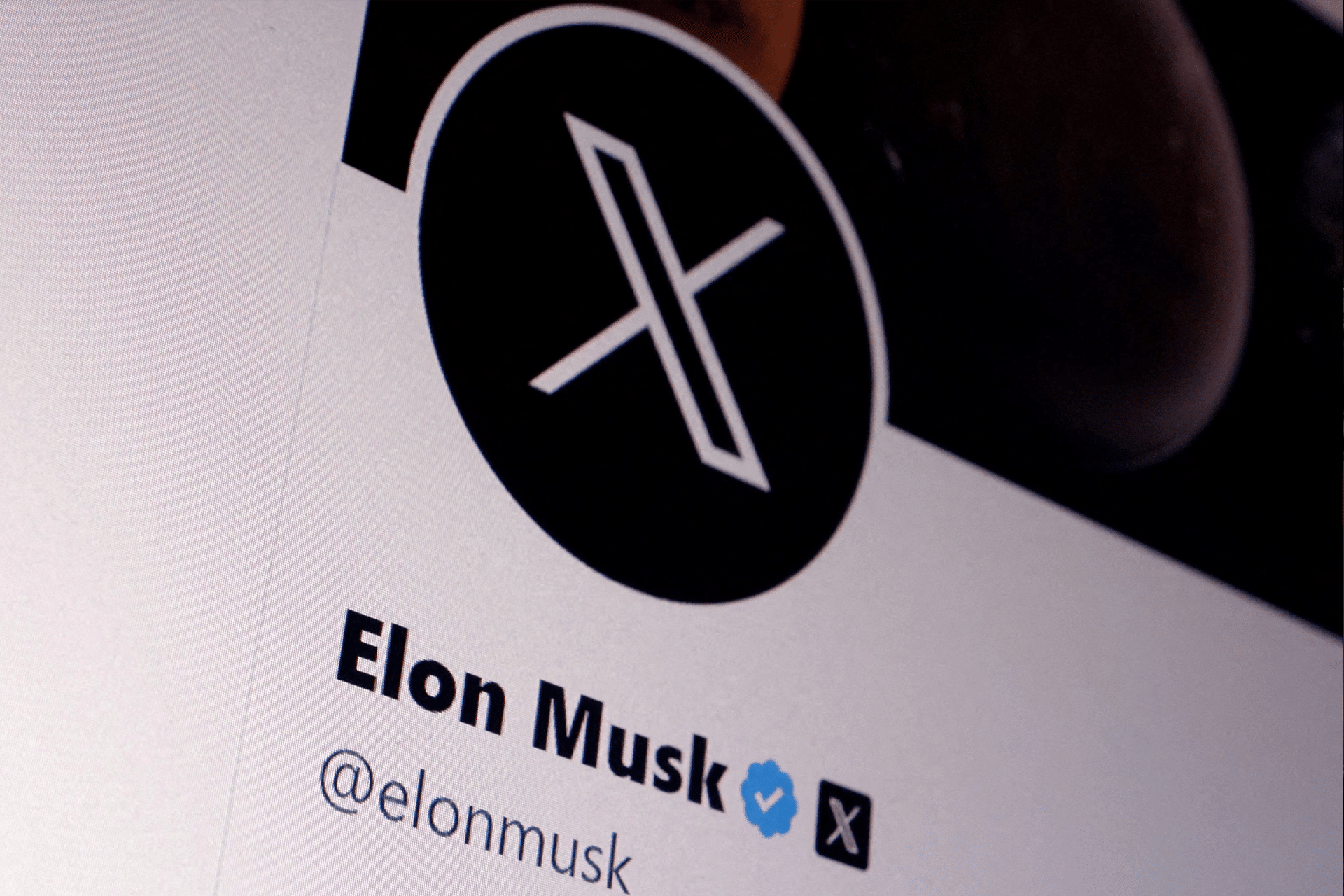
Neuralink: Advancing Brain-Computer Interfaces: Neuralink BCI Trials, Brain Implant Progress, Neurotech Innovations
Neuralink, founded in 2016, develops brain-computer interfaces (BCIs) to treat paralysis and enhance cognition. In 2025, its PRIME study reports two successful human implants, enabling cursor control and gaming for quadriplegic patients, per Reuters. Eight more implants are planned, targeting spinal cord injuries and ALS, with 400 of 1,024 electrodes functional in the second patient, per Musk’s Lex Fridman podcast.
Despite animal testing controversies, Neuralink’s invasive approach offers higher signal fidelity than Synchron’s vascular BCI, per CNBC. Target “Neuralink BCI trials” for neurotech interest.
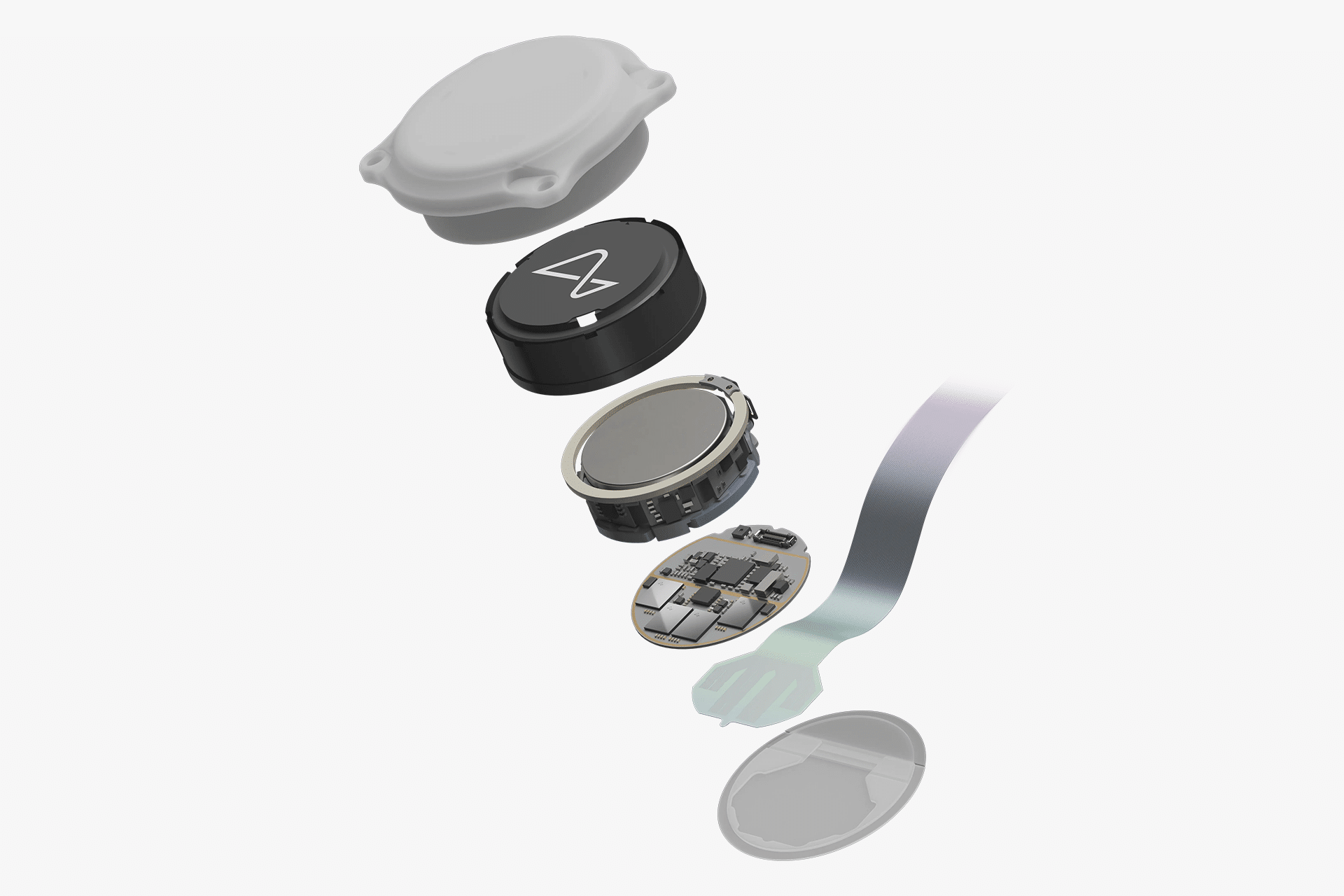
The Boring Company and xAI: Infrastructure and AI Frontiers: Boring Company Tunnels, xAI Grok Features, AI and Infrastructure Synergies
The Boring Company, founded in 2016, builds tunnels to ease urban congestion, with a 2024 Tesla Cybertruck tunnel at Gigafactory Texas costing $3.6 million, per Electrek. Its Vegas Loop expands, but growth lags behind Hyperloop dreams, per Business Insider. xAI, founded in 2023, advances AI with Grok 4, valued at $50 billion, competing with OpenAI’s ChatGPT, per Forbes.
xAI’s Grok integrates with Tesla’s FSD, and The Boring Company shares Tesla’s security services, costing $2.8 million in 2024, per Electrek. Target “xAI Grok features” for AI searches.
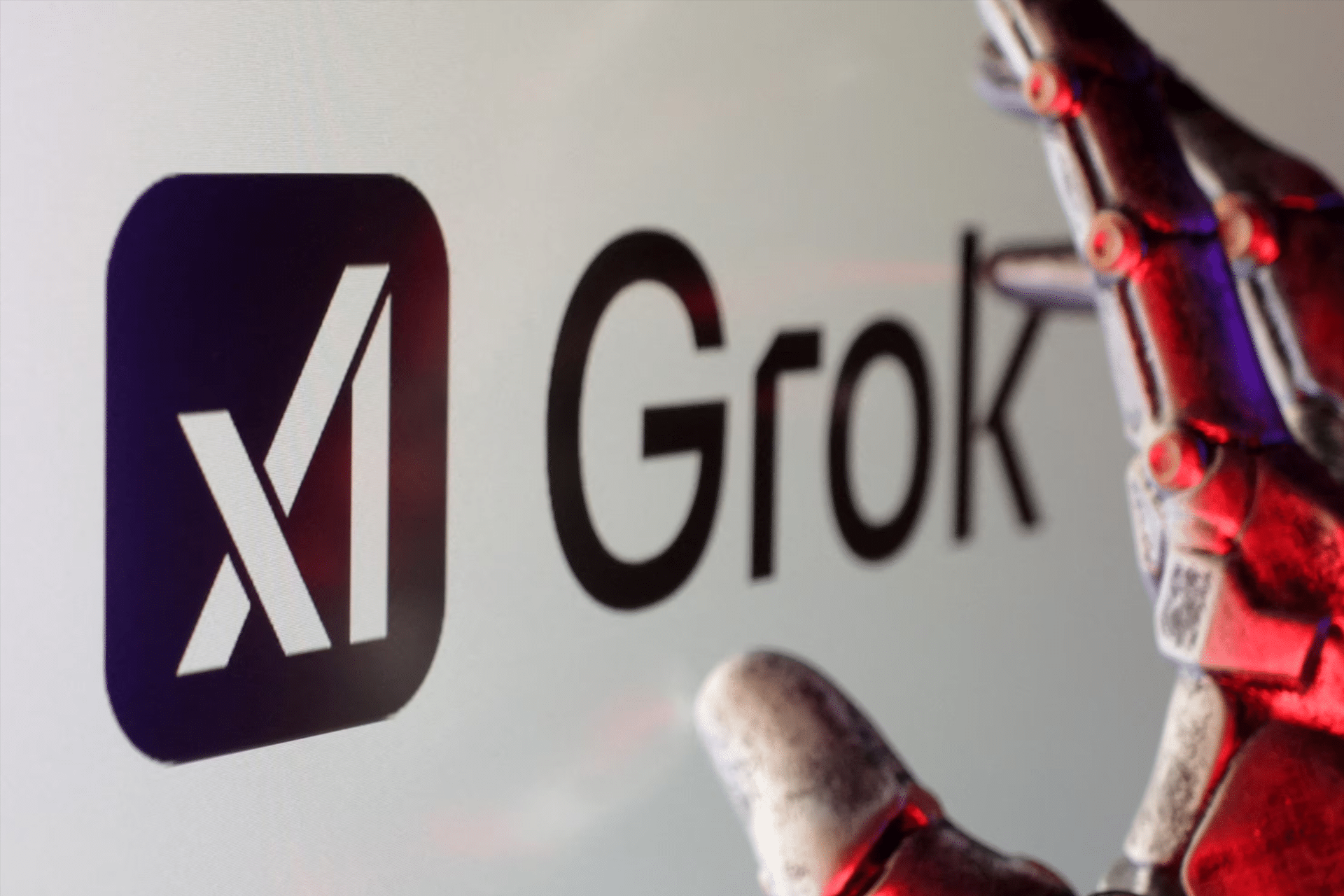
Timeline of Musk’s Empire: 2002–2025
-
2002: SpaceX founded to reduce space launch costs.
-
2004: Musk invests in Tesla, becomes CEO in 2008.
-
2016: Neuralink and The Boring Company launched.
-
2022: X acquired for $44 billion.
-
2023: xAI founded, launches Grok.
-
2024: Tesla Robotaxi debuts; Neuralink implants first human.
-
2025: SpaceX’s Starship Flight 10; Tesla’s 30% delivery growth.
FAQs and Comparisons: Musk Companies Impact, Tesla vs Rivian, SpaceX vs Blue Origin
What companies does Elon Musk own in 2025? Tesla, SpaceX, X, Neuralink, The Boring Company, and xAI, spanning EVs, space, social media, neurotech, infrastructure, and AI.
How do Tesla and Rivian compare? Tesla leads with scale and FSD tech, while Rivian focuses on adventure EVs with smaller production, per Electrek.
How does SpaceX compare to Blue Origin? SpaceX’s 540 launches and Starlink network outpace Blue Origin’s suborbital tourism focus, per Bloomberg.
What are Neuralink’s latest achievements? Two human implants enable device control for paralyzed patients, with eight more planned, per Reuters.
How do Musk’s companies collaborate? Tesla and SpaceX share material science teams; xAI’s Grok enhances Tesla’s FSD, per Electrek.
